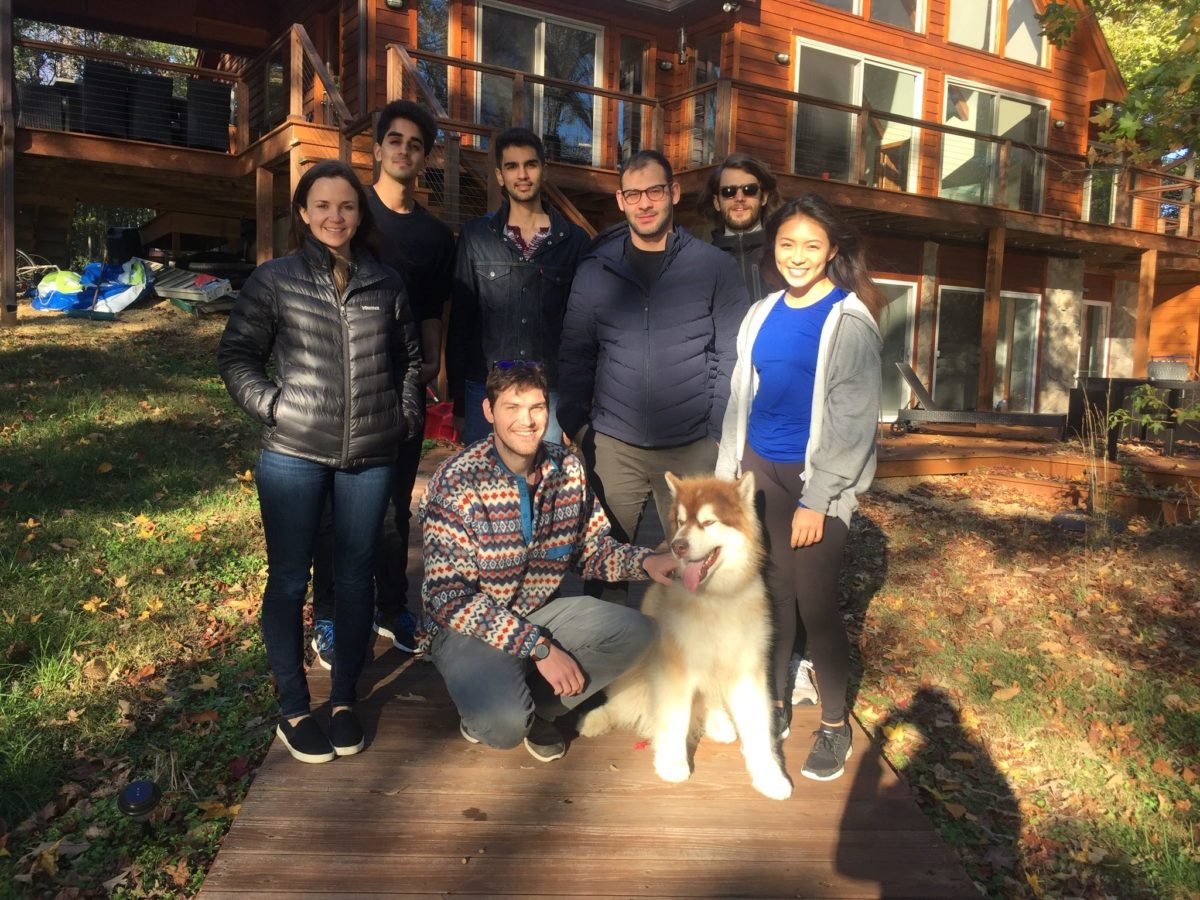When’s the right time to rebrand a startup and how often should you do it?
D.C. startup Hatch Apps launched a new brand this week that comes with a new logo and website. Technical.ly sat down with Hatch Apps VP of Marketing Selina McPherson, who also has a background in brand strategy, to discuss how to rebrand in a cost-effective way and what this rebrand means for the company and its customers.
This conversation has been lightly edited for length and clarity.
Technical.ly DC: Why has Hatch Apps decided to rebrand now?
Selina McPherson: There were three main reasons we rebranded. The first was searchability. Events are an important part of our marketing strategy and we knew we were missing out on opportunities to drive those in-person impressions to our digital channels, namely our website. If you Google “Hatch,” we have a lot of competition. “Hatch Apps?” That’s all us. Second, we wanted a name and a logo that reflected our value proposition. With the new mark, we’ve added “apps” to the name and also our logo includes three app icons. With these changes, someone can get a pretty basic understanding of what we do by the name and logo alone, which is valuable and tough to achieve. Lastly, we saw an opportunity to enhance our overall aesthetic to align with our brand values.
How long was the rebrand in the works?
We’ve been discussing it for a while, but it officially kicked off in early June.
What important things should other #dctech startups know about rebranding and when to do it?
It’s common to want to rebrand for more subjective reasons, like you’ve fallen out of love with your logo. I’d recommend avoiding that trap. If there’s a reason to rebrand that you can tangibly attribute to improving your business, such as “we’re losing leads because it’s hard to find us,” or “large enterprise prospects don’t value us because we look like a startup,” or “nobody can remember our name,” then it’s probably worth reevaluating. While in startup mode, if you’re relatively happy with your brand and it isn’t causing any issues, I’d say there are bigger fish to fry.
How often should startup companies rebrand, in your opinion?
Ideally zero times for early stage businesses because you’re trying to build equity in your brand. But as your business grows and you learn more about what makes it unique and valuable, the visual identity will evolve to reflect that.
What does this rebrand mean for Hatch Apps and its customers? How will it affect the way business is run?
For our current customers, it will mean enhancements to our platform’s UI. All of our customers create custom apps that reflect their own brands, so it won’t impact their apps at all.
Were there any major costs associated with rebranding?
The hard costs were compensating our freelance designer for her time, and reordering some printed materials.
Other than that, the soft cost was time— not just from me, but from the whole team. The time it takes to be thoughtful, execute well, and implement across all existing materials. Branding is one of my passions, so for me, it’s a labor of love.
Can you walk me through the process of how Hatch rebranded?
Sure! My first job out of college was working for a brand strategy agency in San Francisco, so I took the process we used for Fortune 100 clients and made it fast and lean.
The first step was strategy. I sent a survey to our team with five questions that helped me get to the heart of what we stand for as a brand. Through customer interviews for various marketing projects, I had also collected our customers’ perspectives as well.
From there, I worked with our cofounders Param Jaggi and Amelia Friedman to review the various perspectives and hone in on the core tenets of the brand through prioritization exercises.
With the help of my friend Jeimy Rodriguez who is a freelance graphic designer and who designed our logo, we had also collected and covered our whole conference room in about 100 brand marks, and we did some exercises with members of the team, like circling and starring things we liked, and nixing things we didn’t like. We also considered how to visually differentiate ourselves in our competitive landscape.
From there, it was a process of working with Jeimy to build and refine concepts until we had three interesting directions. We presented those back to members of the team for feedback, and continued to tweak and play around with visual elements until we had a final version that we were all excited about.
The final step was the often overlooked effort of implementing the brand across all existing materials, and kudos to everyone on the Hatch Apps team for playing a role in that, especially our front-end developer Matt Wojtkun.
What does the new logo exactly mean?
Well, the logo reflects our official move from just “Hatch” to “Hatch Apps.” The graphic to the left of the text helps visually represent our offering— a graphic representation of app icons.
Old logo:

New logo:
Those three app icons were compiled in that way that represents an arrow pointing to the right, indicating forward movement. We’re committed to moving things forward at a rapid clip for our customers through accelerated software development. This brings their apps to market in a fraction of the time.
From an internal culture standpoint, one of our core values is to have a growth mindset, and I feel that also relates to forward movement on a more personal level.







